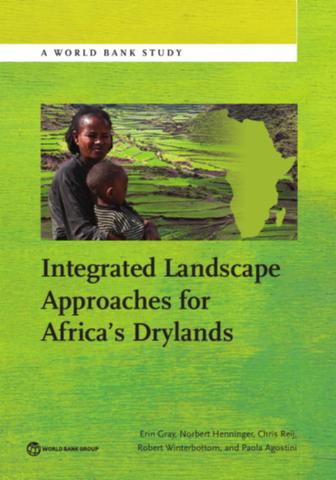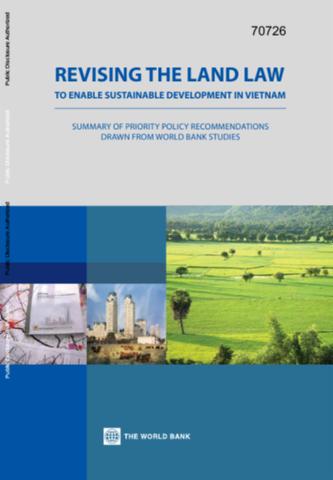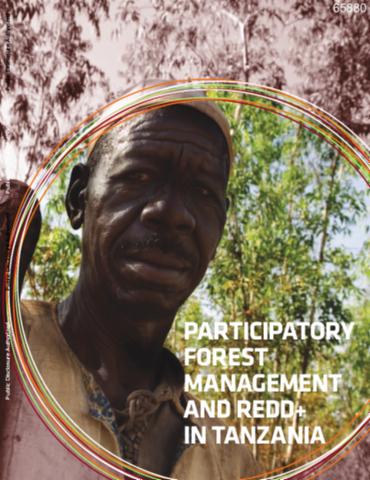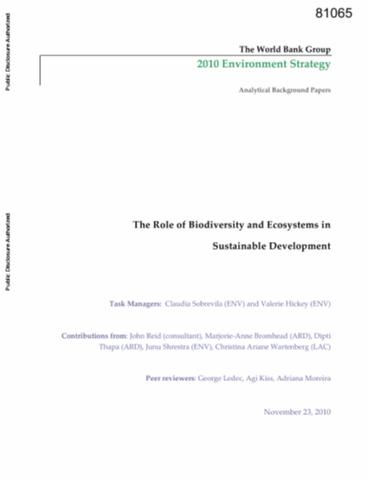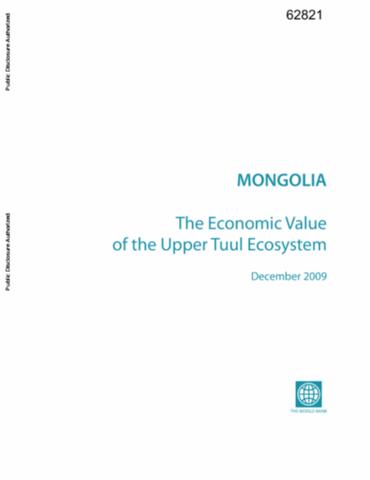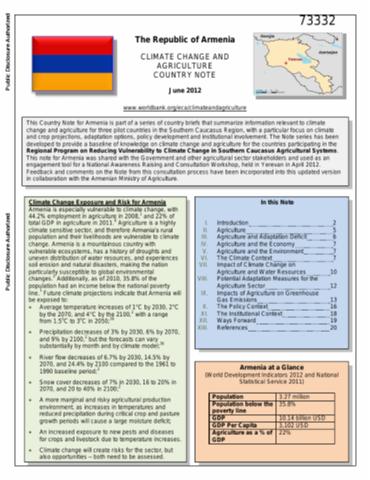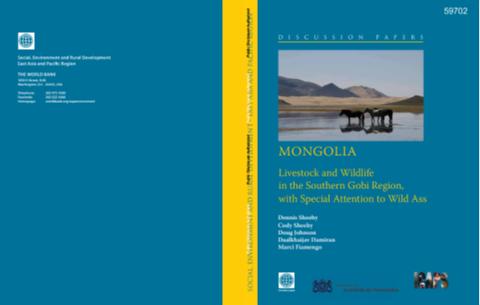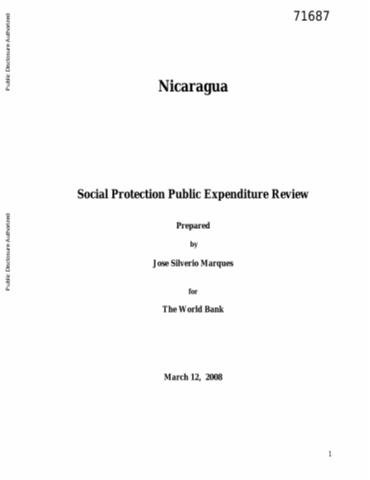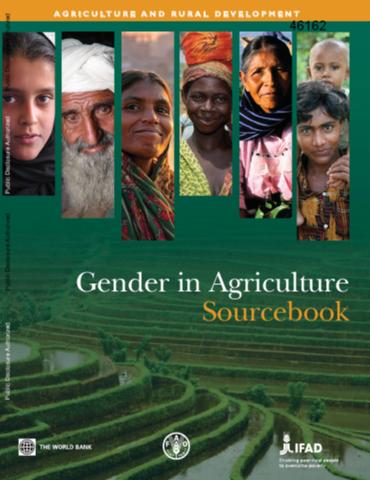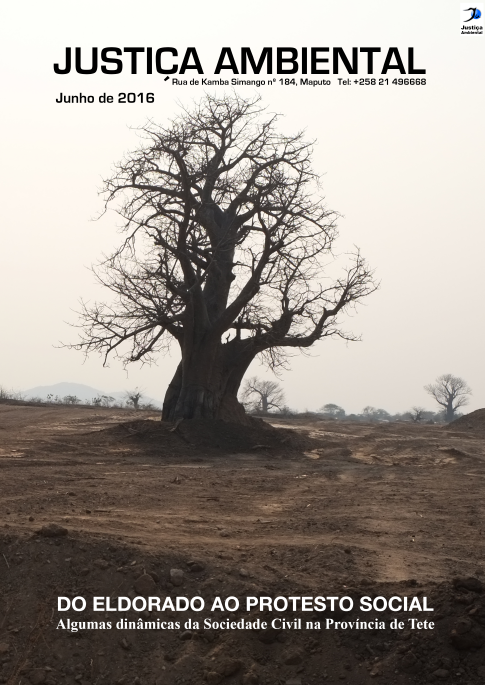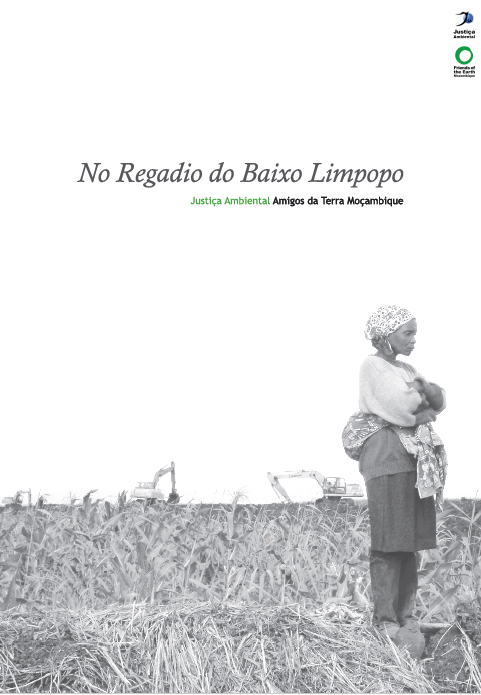Integrated Landscape Approaches for Africa’s Drylands
Integrated Landscape Approaches for Africa’s Drylands presents emerging findings on the importance of moving beyond single-sector interventions to embrace integrated landscape management that takes into account the health of the ecosystems that support human livelihoods and contribute to the resilience of rural communities in Sub-Saharan African drylands. Integrated landscape management is particularly important for these drylands because people depend on production systems that are frequently disrupted by exogenous shocks such as drought.

